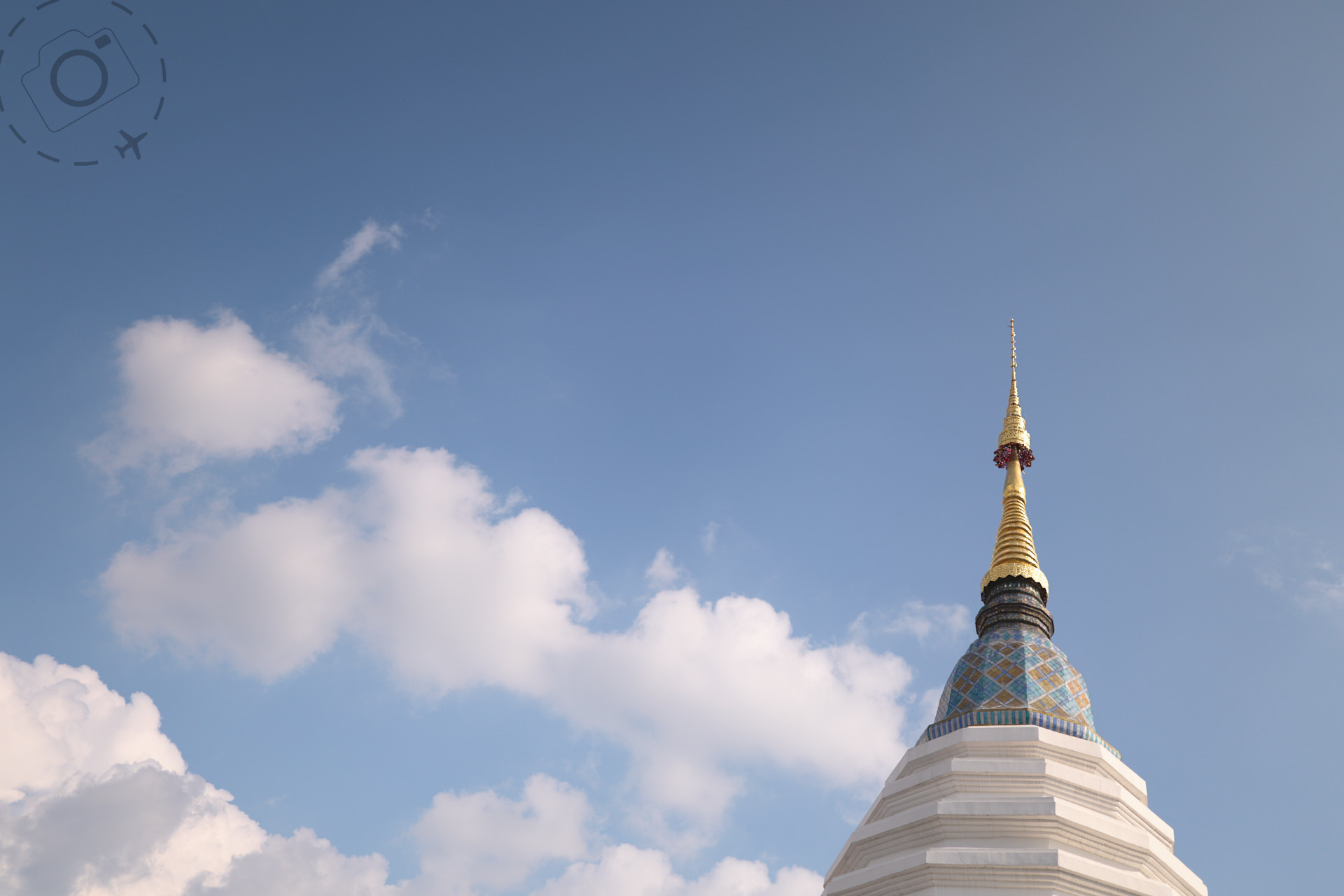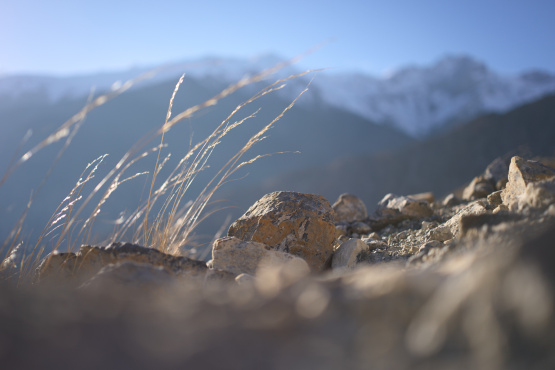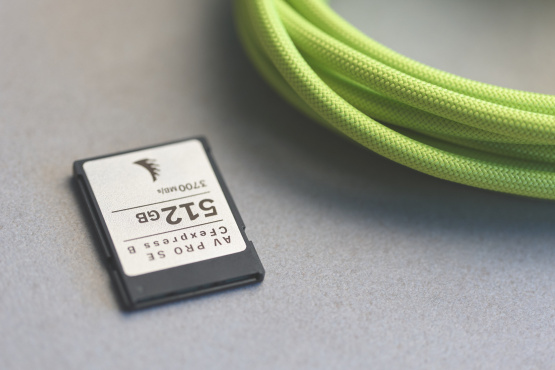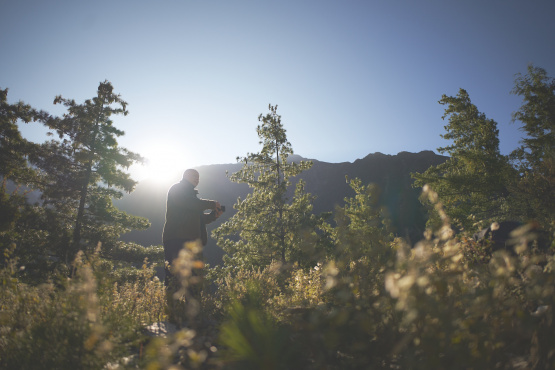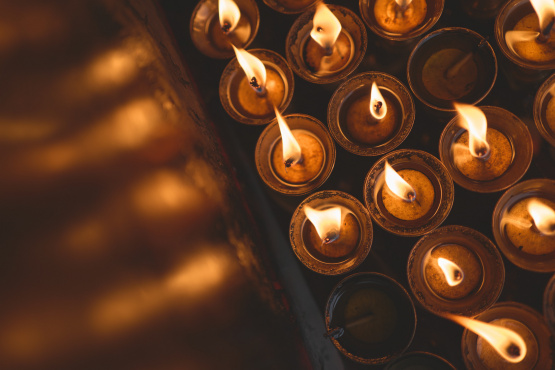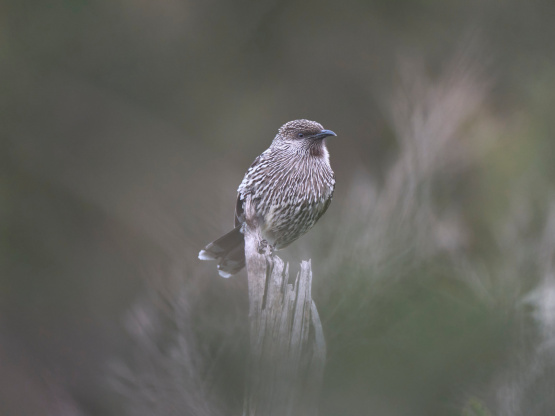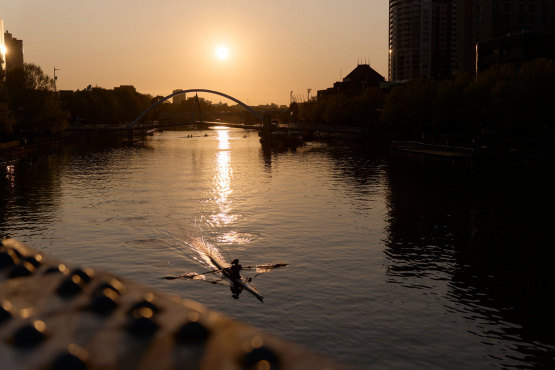[ A version of this post is available to watch on YouTube ]
WAT TO DO
I'm in Chiang Mai exploring the streets and Wats, and I'm struggling. I don't cope with the heat like I used to as a younger man. And as a younger man I didn't cope with the heat then either. My game plan for this visit is to get out early for photography, and take a break in the middle of the day when things get steamy.
Aside from melting into a puddle upon the first rays of sunlight hitting my skin, I'm also struggling with my creativity. And it turns out I'm falling into old habits. Which is fitting, because in many ways Chiang Mai represents where my journey into travel photography started to take shape. Twenty years ago this ancient city helped me start a career in photography.
My struggle today is that I'm finding myself shooting for travel brochures, instead of shooting for myself. I’m seeing a few nice photos on the back of the camera, mostly, but they're not inspiring. Not for me at least. I'm just taking photos instead of making art.
So what's the difference I hear you ask?
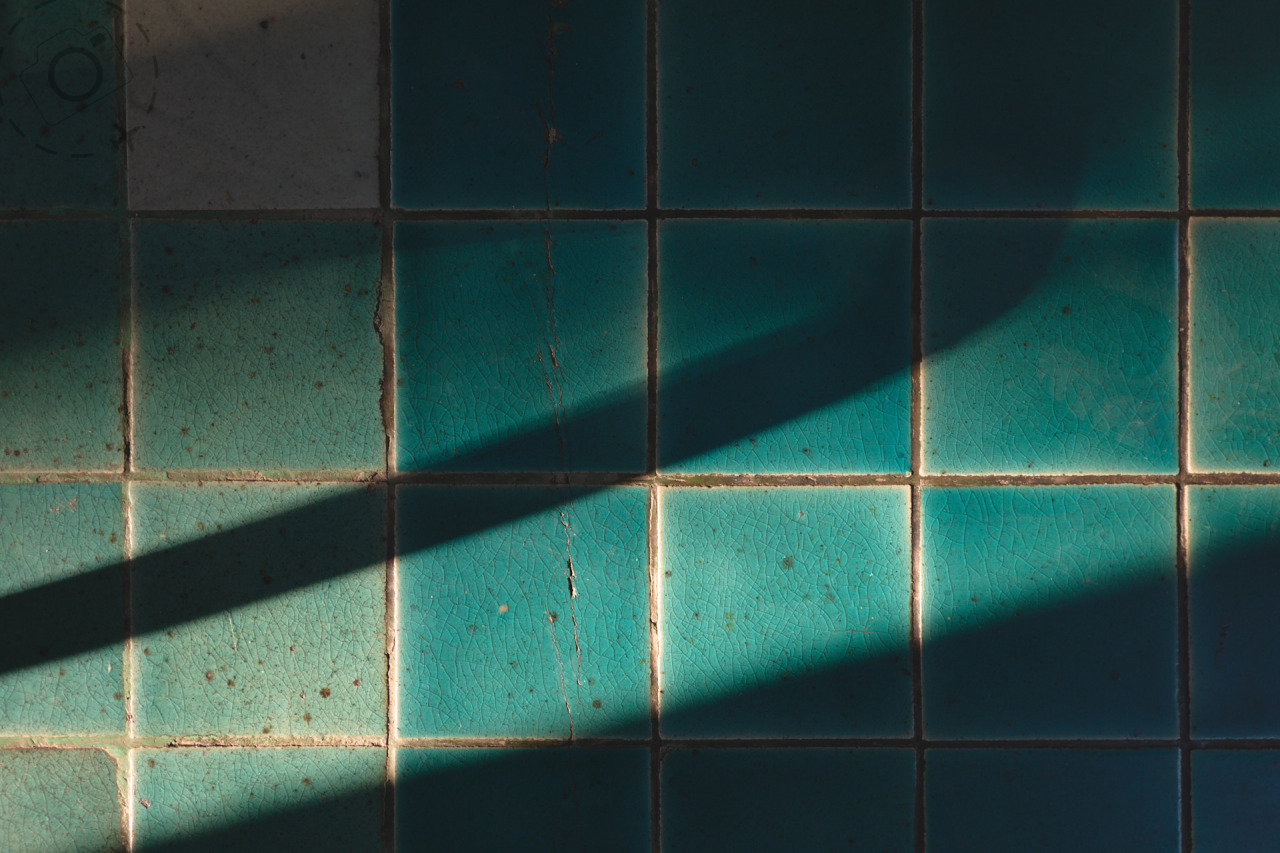
ART IS INTENTIONAL
Well there's a few key factors. Intent is a big one. When I'm shooting travel content the intention is to show people why they might want to come here. That's not art and most of the time is not even journalism. I'm not digging deep into the location, or into my expression. I'm not telling stories or preserving culture. I'm essentially a tourist with a camera.
Which is fine. No shame in that. But deep down I want to achieve a lot more than pretty pictures for a brochure. Twenty years ago while leading a tour here in Chiang Mai, I got a chance to sit down over coffee with a marvellous photographer named Martin Reeves, who in the 90s was exploring SE Asia with InfraRed film. Martin is an artist, not merely a photographer. He never wavered in his dedication to the format and he kept exploring how the IR spectrum can reveal moments that conventional photography does not. I love his work.
[ martinreeves.com ]
Two decades in, and I'm still struggling to let the artistic part of my brain take control.
Intent is important for art, because why you take the photo is what makes it special. It's not just because the light was nice or because I'm excited about having grilled pork for breakfast. Intention is about connecting with your motivation as a story teller. It's about sharing your voice. The deeper you dig, the more you have to say, and the more expressive your photos become.
Intention is key from a philosophical perspective. It can help guide you when you feel yourself lost. In a more practical sense, intention should guide you composition. And there’s one special ingredient for composition that we often overlook... Negative Space. This is a great framework to help guide you in the moment, right up there with bokeh. But most people struggle to give themselves a chance to explore Negative Space. Myself included.
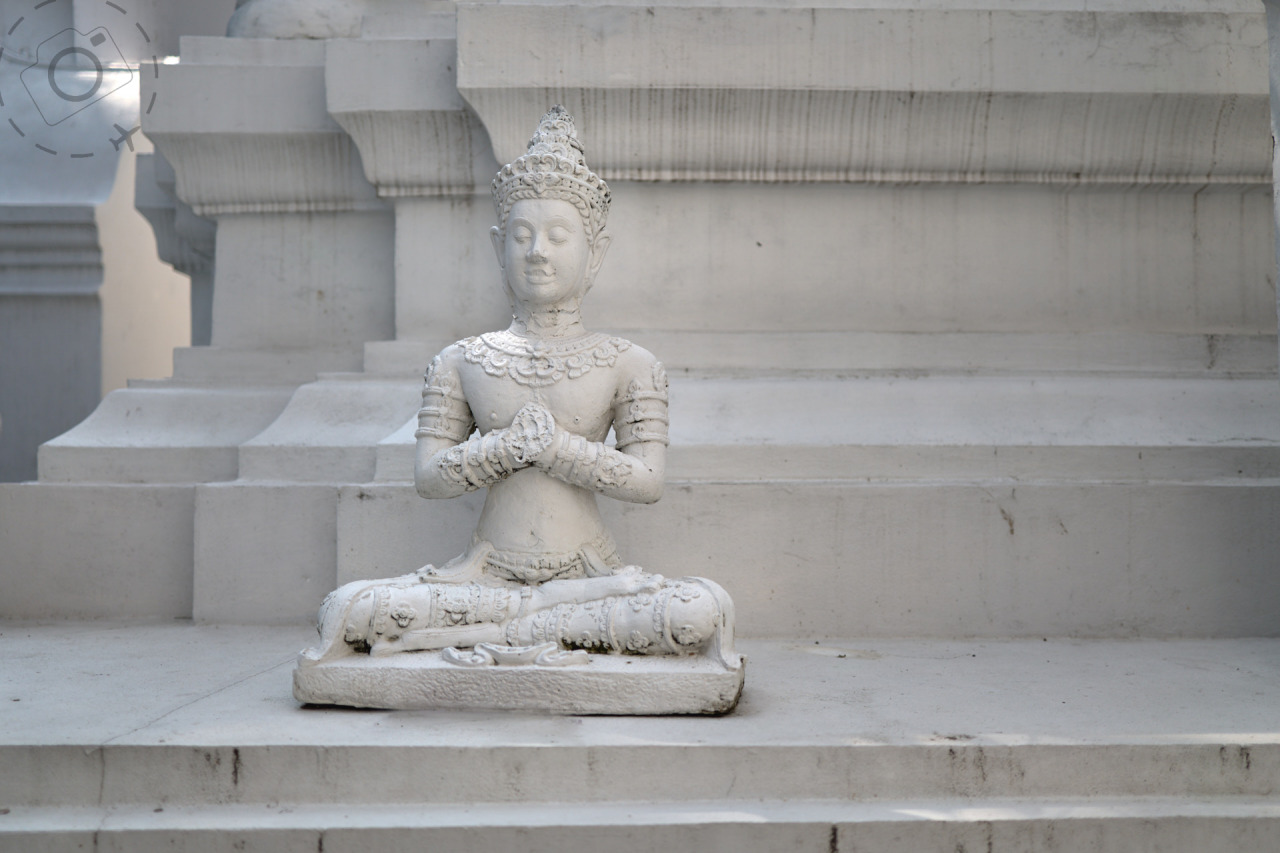
NEVER NOTHING
What do I mean by Negative Space? The standard definition is simply “the opposite of positive space”, meaning, the space in a frame that is empty instead of filled. I think we can go further than that. I think of Negative space as “room for the eye to rest”.
It's not about emptiness, but rather gentleness. When there's room to breath without being crowded.
Negative Space is often textured. It's part of the story without competing with the story. It's a timber door. It's a sky of clouds. It's a bag of potatoes. It's a brick wall. It’s not absent or empty at all. Even an open sky at sunset can offer a gradient of hues that become part of the narrative in a frame.
Sometimes I call this “Intentional Space”, because you are choosing to leave that extra breathing room for your subject. It’s a mindful process, not an accident. For me Negative Space is nearly always calming. It's gentle and somewhere your eyes can relax. It's not intense. It's not busy. But it's also not empty.
That makes it a hard one to nail.
FOCAL CHOICE
Your choice of lens can make a big difference when exploring negative space too. If the focal length is too long then all your compositions will be tight and crowded and negative space is nearly impossible to find. Telephoto lenses compress a scene, while Negative Space is exploring depth. It’s hard to make the two meet.
I had a moment in a temple today when I was using my 100mm Macro for flowers and tight shots of statues, but there was no chance of negative space through that lens. Once I swapped back to the 35mm I started seeing some options.
It can be hard sometimes when your lens is too wide as well. I love shooting ultra wide, out to 14mm even. But it's hard to tame ultra wide. Not every scene is going to give you the right elements to work with a very wide lens. You lose your hero a little in the wide scene, and there's not always enough room to find Negative Space. You just end up feeling distant from your subject. You have to work close with an ultra-wide.
35mm is a great starting point when chasing Negative Space.
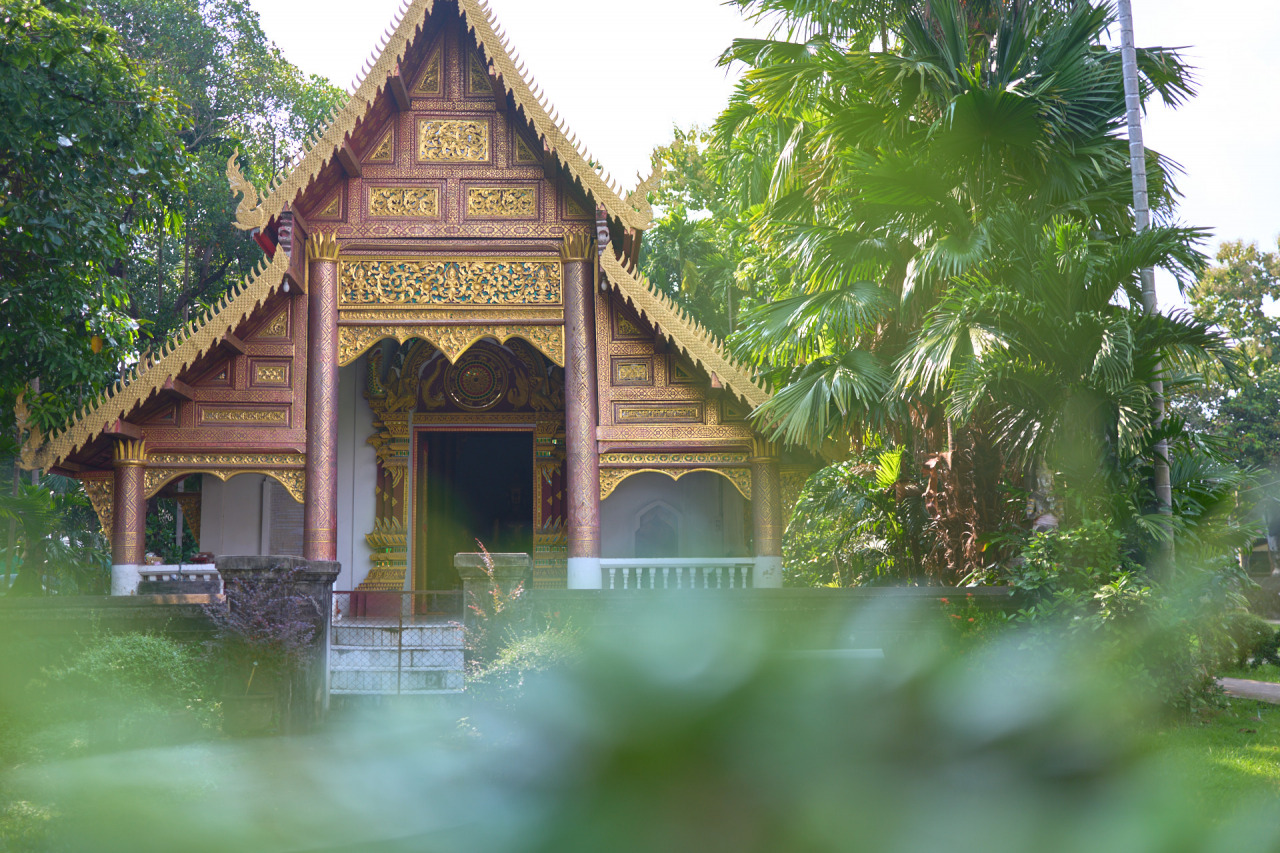
LESS IS MORE
There are two things that can KILL any hope of Negative Space when looking for composition: The idea that you need to FILL the frame with stuff, or the idea that you need the ENTIRE subject in the shot. Neither of these are true, and yet these tendencies are hard to stamp out when we're shooting. Being conscious of your tendencies is really helpful when you want to step out of your groove and find new ways to express your photography.
What patterns do you tend to repeat over and over, and what can you focus on mentally to step away from those tendencies?
And that's often where we find negative space, on the edges of what we think is the right way to compose the shot. For me, when things look a little quirky, and yet somehow be pleasing, that's the spot I’m looking for. I don’t want conventional, I want expressive. But to reach that point I have to step away from what I already know.
When you bring Negative Space into your compositions, you might also be potentially removing something else. That’s kind of the idea, you want to reduce and minimise and be “intentional” about what stays in the frame. Which means there is always something beyond the frame that we no longer get to see. Perhaps something that gets hinted at rather than revealed.
That's an extra bonus for me. That sense of “wanting more” is very desirable to me. The idea that photography needs to show every detail is not my style. I love when photography conveys maximum emotion with only the bare essential of details. It's good to leave a little for the audience to fill in with their own imagination.
Perhaps the final reason I love images that lean heavily on Negative Space is because I am an introvert. I like quite moments over loud. I don’t want to fill my world with noise and drama, I want nuance and connection. Negative Space works for me precisely because it is subtle. In a world where everything is measured in clicks and likes, and the loudest people seem to flood our social media, Negative Space offers me an antidote. It’s not going to go viral, but that’s a good thing.
– Ewen
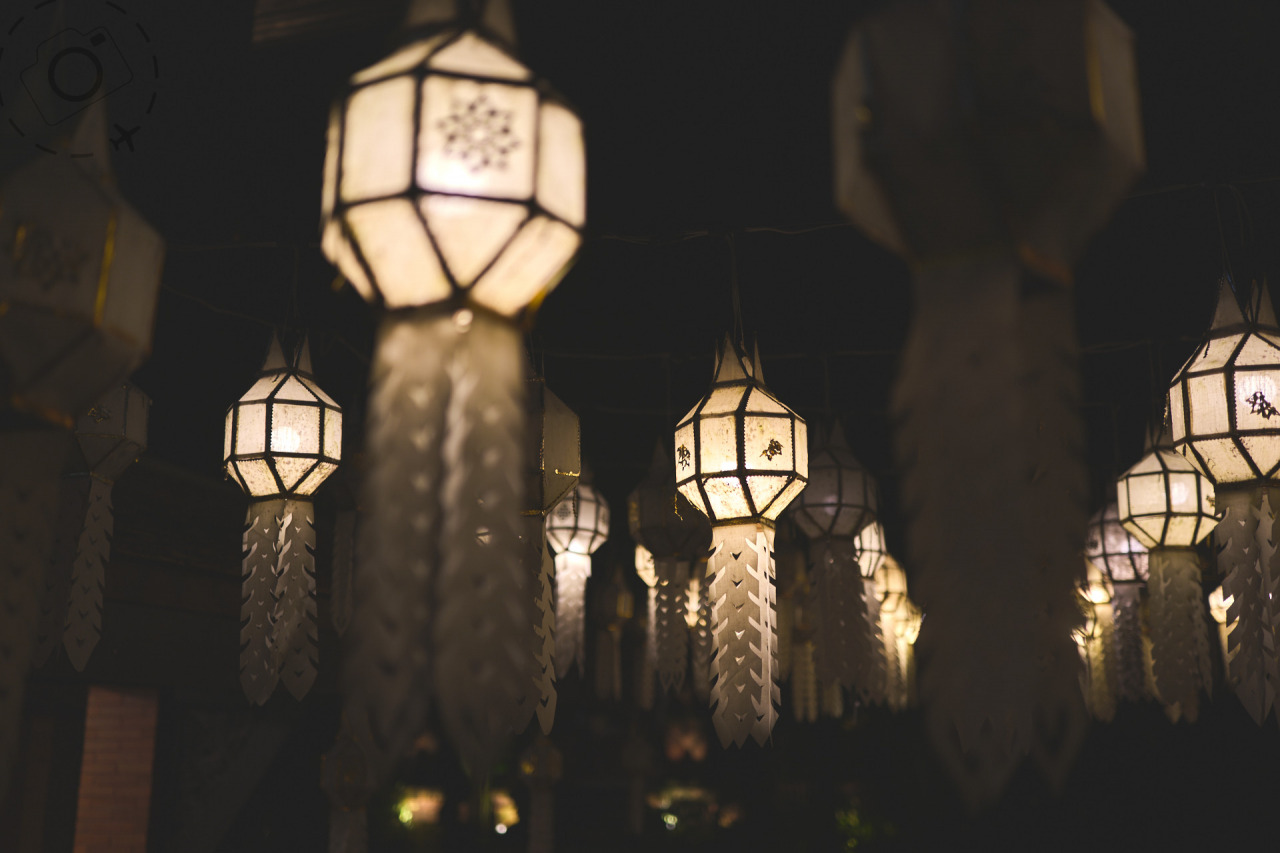
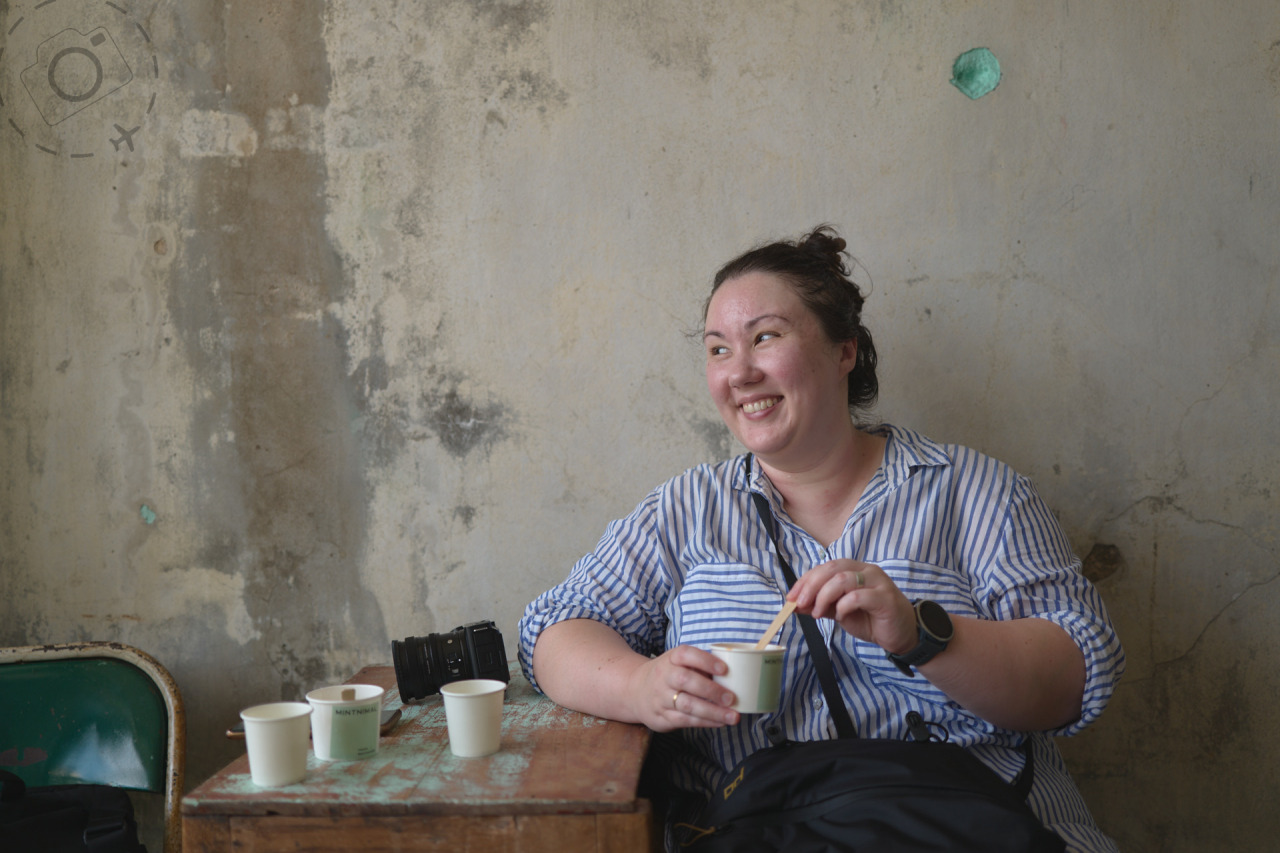
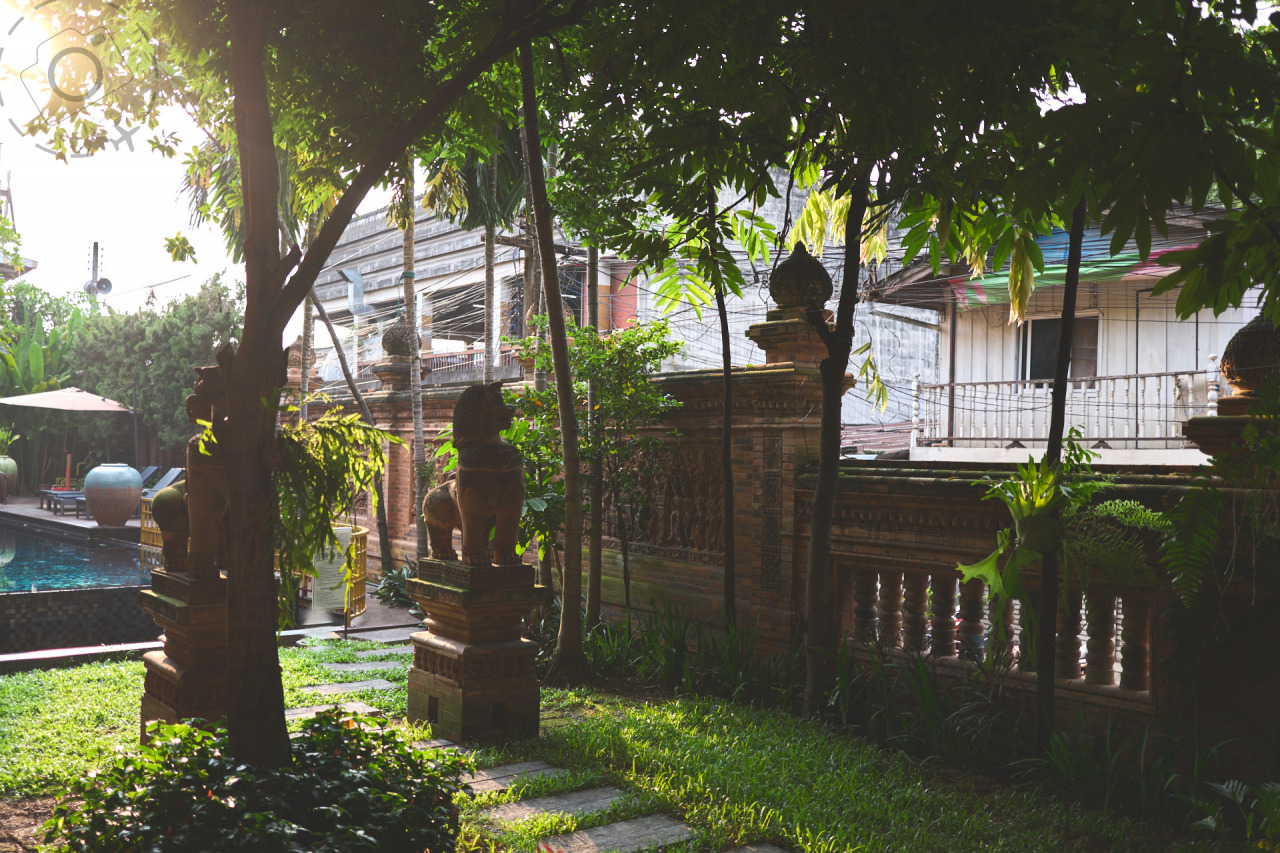
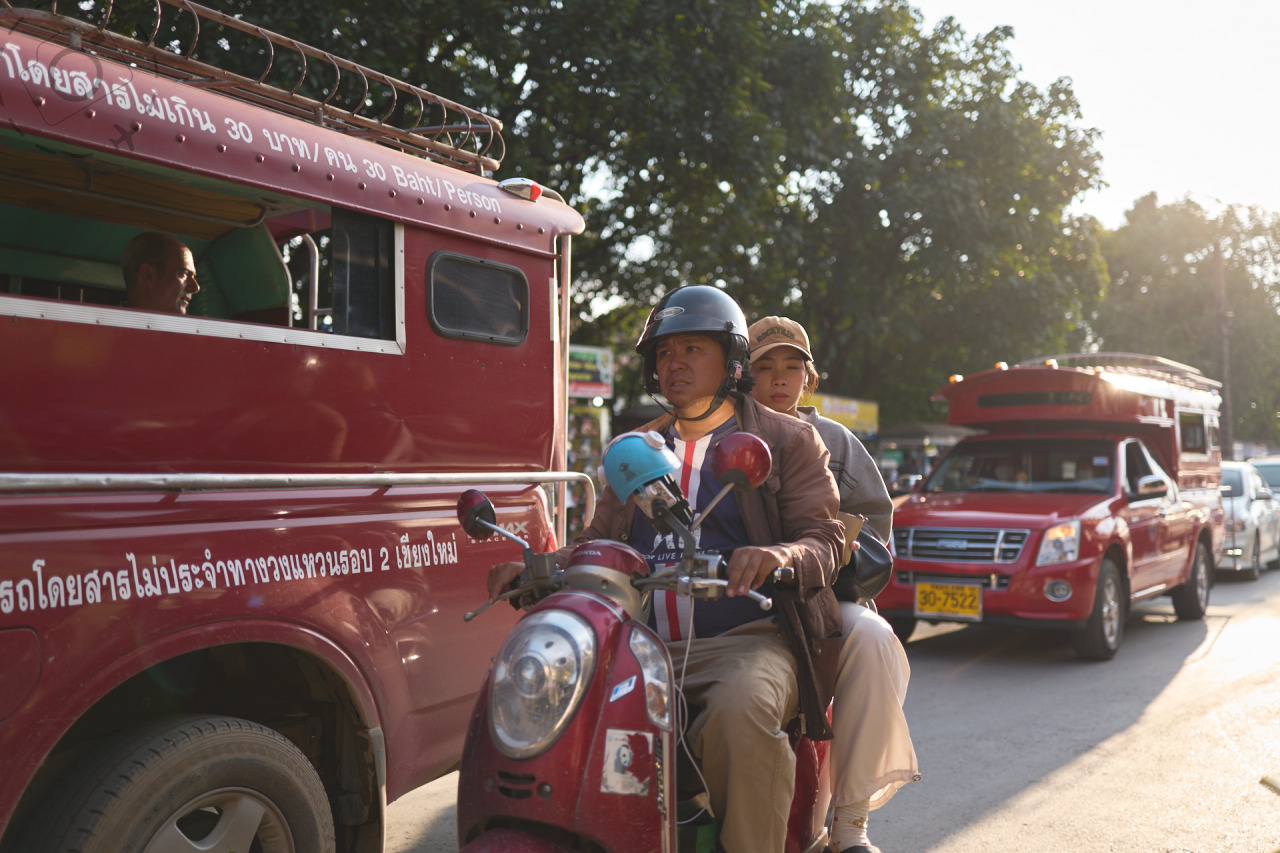
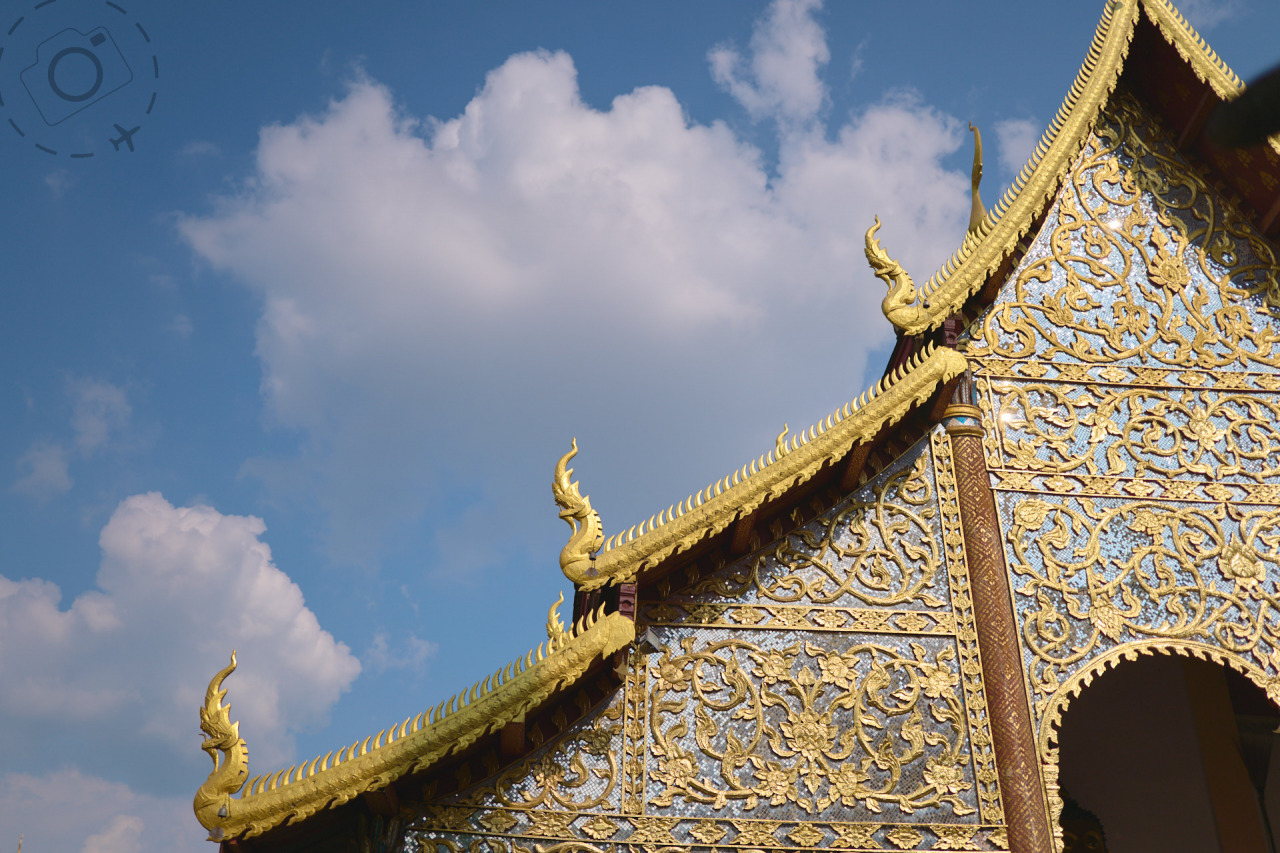

Keep Reading
Join Ewen's newsletter for monthly updates on new photography articles and tour offers...Subscribe Here

